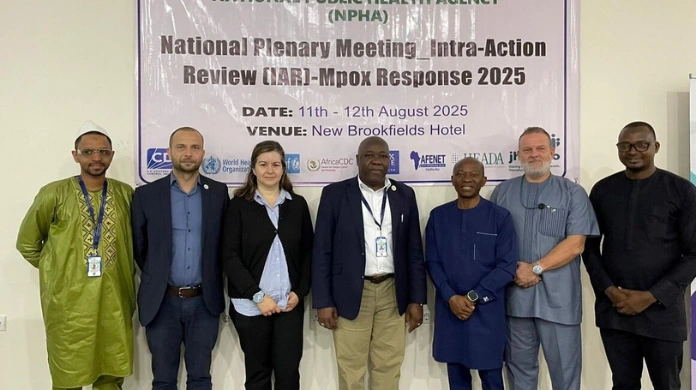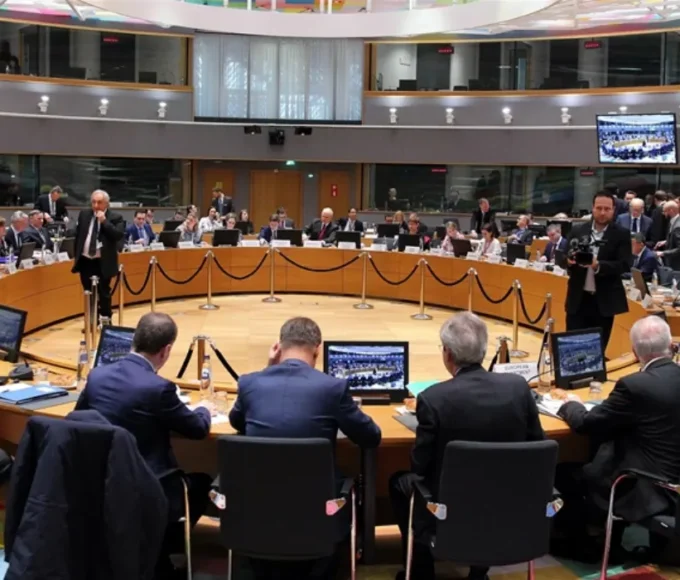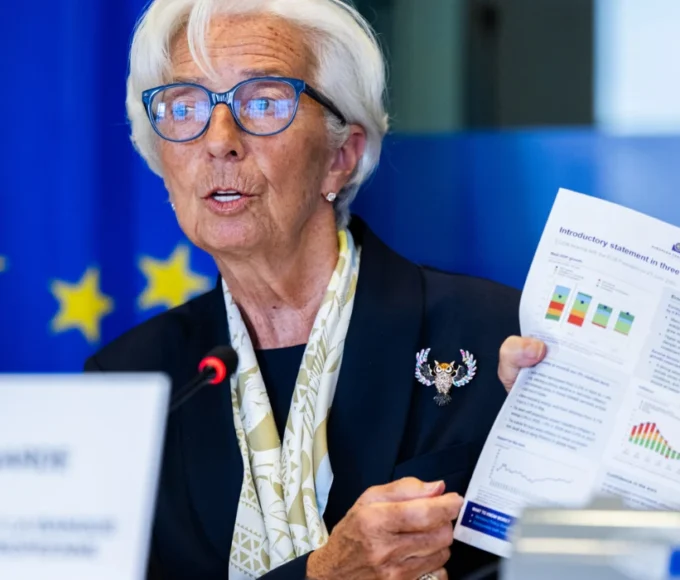Sierra Leone is confronting a serious mpox outbreak marked by thousands of confirmed cases and dozens of deaths, straining its healthcare system and triggering a government-declared Public Health Emergency. As of June 2025, the country has reported approximately 4,294 confirmed mpox cases, including 28 fatalities. The outbreak’s rapid spread across Sierra Leone’s 16 districts, especially around the capital Freetown, has prompted international health partners such as the European Union and the European Centre for Disease Prevention and Control (ECDC) to deploy expert teams to assist national efforts in controlling the virus.
The Scale and Impact of the Mpox Outbreak in Sierra Leone
Confirmed Cases and Fatalities
Since the first recorded case in December 2024 near the town of Lungi, Sierra Leone has experienced a swift escalation in mpox infections. By late June 2025, there were over 4,200 confirmed cases with 28 deaths, yielding a case fatality rate of approximately 0.6%. The virus has been detected throughout the country, with the highest concentration of cases documented in urban and peri-urban areas around Freetown.
Demographics and Transmission
Mpox cases affect males and females roughly equally, with a majority of patients between the ages of 20 and 39. Approximately 68% of those infected are males within the 30 to 35 age group. Alarmingly, about 7% of cases have involved individuals living with HIV, a demographic considered especially vulnerable to severe outcomes.
The virus transmits mainly through close physical or sexual contact, with recent evidence pointing to evolving transmission patterns that could heighten spread risks in the densely populated West African region.
Healthcare System Strain
The outbreak is overwhelming Sierra Leone’s healthcare capacity. Treatment centers have a total of 60 dedicated isolation beds for mpox patients, insufficient to handle the over 800 active cases required to recover through home-based isolation. Compliance at home remains low, with infected individuals often participating in social activities, increasing community transmission risks.
Testing capacity, although operational, has substantial gaps. Surveillance remains largely passive, with many patients seeking care only when symptoms advance. Contact tracing efforts cover less than one in six confirmed patients, and genomic sequencing—essential for tracking viral strains and mutations—is performed on less than 1% of cases, far below recommended levels.
International and National Response Efforts
EU and ECDC Support
To bolster Sierra Leone’s response, the EU Health Task Force has deployed two ECDC experts: an epidemiologist and a risk communicator. Their mission involves working alongside national health officials, Africa CDC collaborators, and local stakeholders to enhance outbreak investigations, data analysis, situation assessments, and culturally sensitive public health messaging.
This multidisciplinary support aims to strengthen evidence-based decision-making and improve community engagement strategies, particularly at district levels, to curb the outbreak’s acceleration.
Vaccination and Public Health Measures
Sierra Leone has vaccinated nearly 24,000 people, prioritizing healthcare workers who comprise about 60% of vaccine recipients. Despite this effort, the country’s vaccine supply remains limited, with just over 61,000 doses available for a population of 8 million, necessitating stringent prioritization of high-risk groups.
The government has implemented control measures including active case management, public awareness campaigns, and regional coordination. Support from global partners such as Gavi, UNICEF, and Africa CDC has been crucial in mobilizing resources and technical expertise.
Regional Risks and Broader African Context
Sierra Leone’s outbreak is part of a larger mpox epidemic affecting at least 24 African countries, which collectively have reported around 129,711 mpox cases and 1,751 deaths since the previous year. Neighboring West African nations including Liberia, Ghana, and Togo have started reporting rising case numbers, signaling a potential regional spread.
The Africa CDC warns of continuing risks tied to weak healthcare infrastructure, vaccine shortages, and challenges in sustained outbreak containment. Efforts are underway to enhance laboratory capabilities, improve community health worker engagement, and promote cross-border information sharing to mitigate transmission.
Challenges to Containment and Future Outlook
Surveillance and Testing Limitations
Sierra Leone’s passive surveillance system delays timely case identification, and low contact tracing and genomic sequencing rates undermine efforts to fully understand and interrupt virus transmission chains. Strengthened active surveillance and expanded testing availability are critical to slowing the outbreak.
Vaccine Accessibility and Supply
The limited availability of mpox vaccines constrains immunization campaigns. While global health bodies push for increased supplies and advocate for local vaccine manufacturing, immediate distribution bottlenecks persist, impacting outbreak response efficacy.
Community Compliance and Social Factors
Low adherence to home isolation guidelines aggravates spread, compounded by social and cultural factors that make enforcement challenging. Public health communication efforts, aided by risk communication experts, focus on culturally tailored messaging to enhance community cooperation.
Sierra Leone’s escalating mpox outbreak highlights urgent public health challenges as the virus spreads widely despite government interventions. The deployment of EU and ECDC experts symbolizes critical international collaboration supporting the country’s overstretched healthcare system during this emergency.
While case numbers show some signs of stabilization in recent weeks, sustained efforts to expand vaccination, improve active surveillance, enhance contact tracing, and foster community engagement remain paramount. With strengthened resources and coordinated responses, Sierra Leone aims to curb mpox transmission and protect vulnerable populations, offering a crucial example of resilient epidemic management within West Africa.









